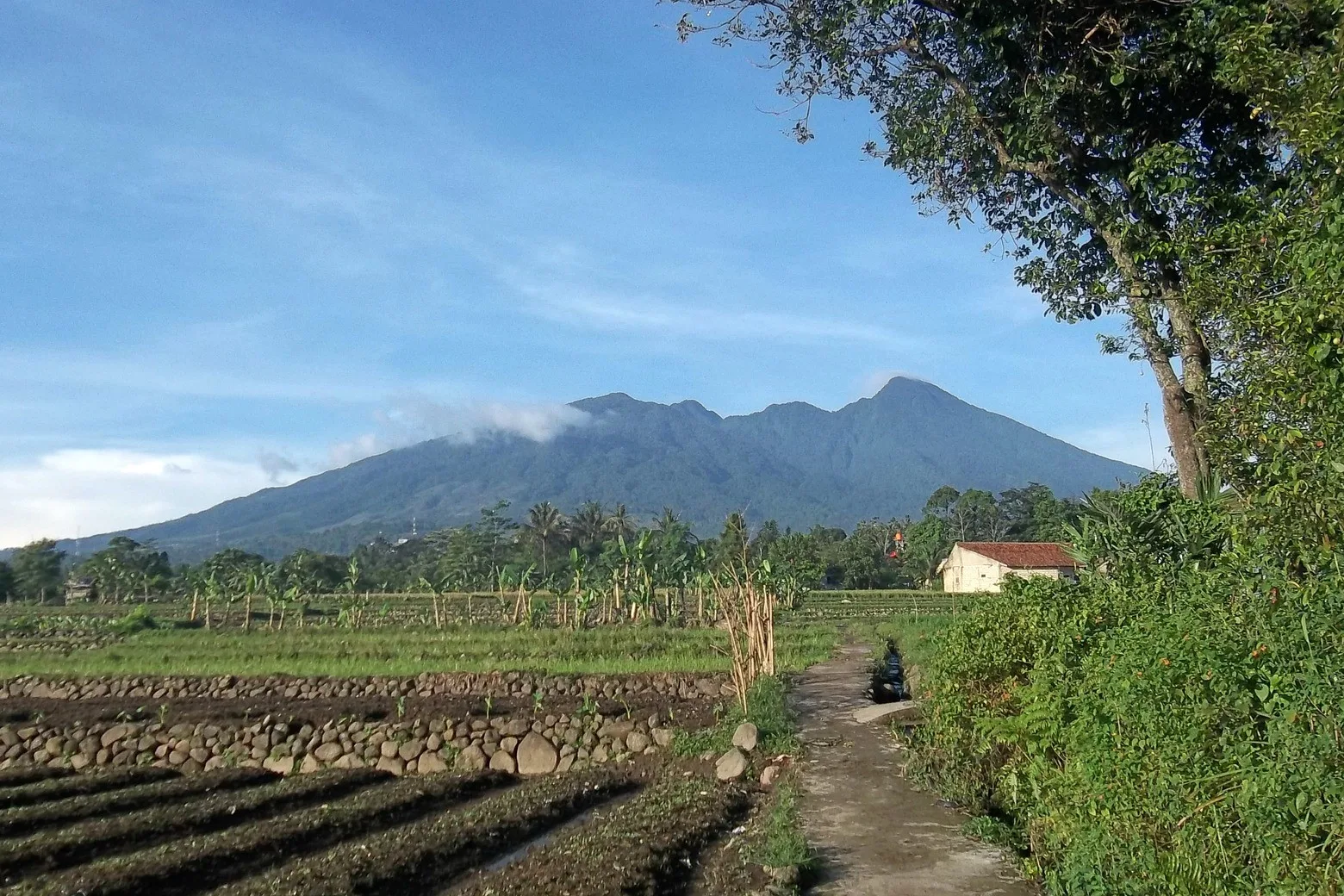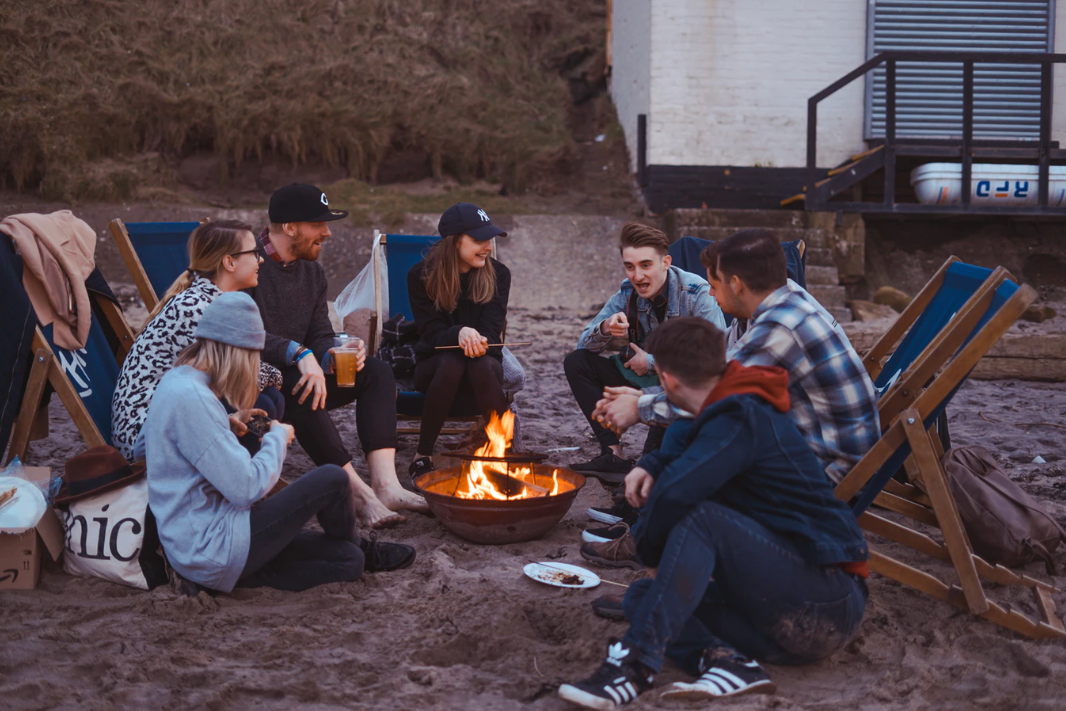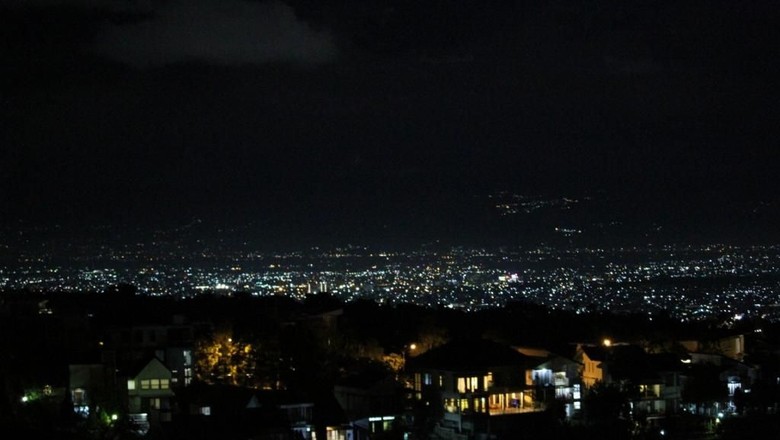Bunaken, famous for divers and travelers alike, is home to 390 coral reefs and about 91 fishes, ranging from White Oci to Ila Gasi. Located at the northern tip of Celebes island, Bunaken has 20 diving points, where divers can usually find molluscs like the Giant Kima and Nautilus. If you’re lucky, you may even have the chance for an encounter with the sea turtles!
Aside from the beautiful landscape, the Minahasan signature dishes are just the thing you should not miss while you’re in Bunaken. Packed with bold flavor and known for their unique influences and heritage, a culinary trip to Minahasan dishes in Bunaken is surely one for the book!
1. Bubur Tinutuan
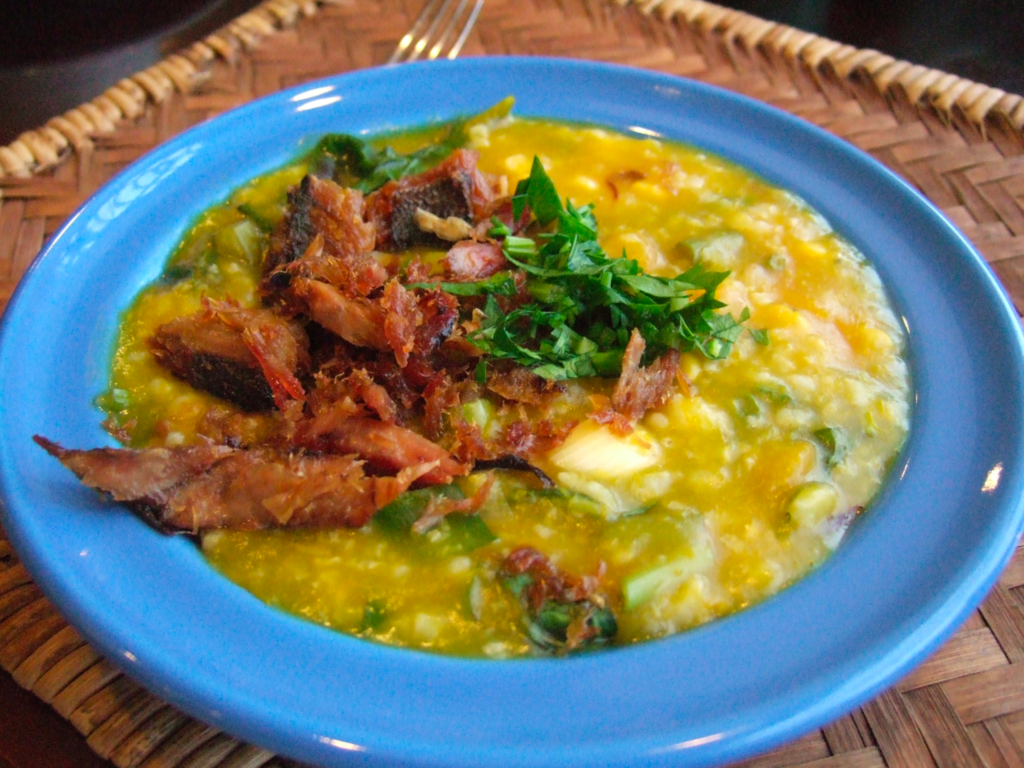
Midori via Wikimedia
This brunch bowl of comfort is a staple dish in Minahasan culture. Bubur tinutuan refers to turmeric-based rice porridge consisting of sweet yellow squash, spinach, corn, cassava, water spinach, and lemon basil. The dish grew to popularity in Manado, especially in the Wakeke area, and is so iconic to the region that people know it more as bubur Manado instead of bubur tinutuan.
While served anywhere else but Manado, people usually eat this porridge with sambal terasi and salted fish on the sides. But the Minahasan way is to serve it with nike fritters that you can’t find anywhere else, and sambal bakasang, a chili paste made with fermented fish innards.
See more: Food and Well-Being: Why They Affect Each Other
2. Woku Belanga
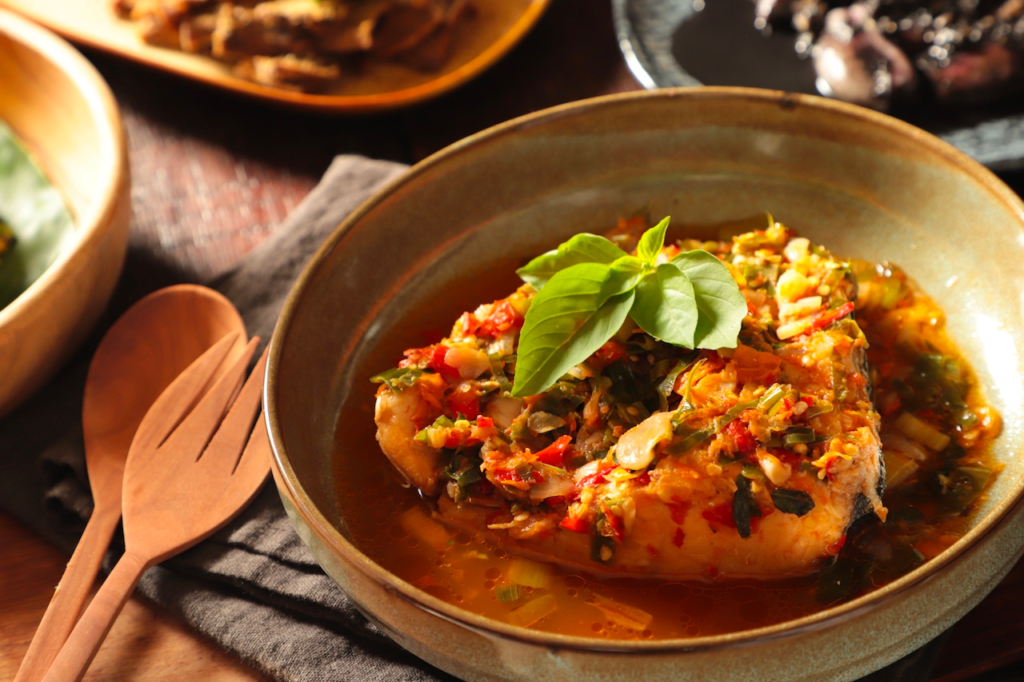
Wina via masakapahariini.com
Etymologically, the term ‘woku’ refers to ‘woka’, leaves that are similar to lontar to wrap food. There are two ways to cook woku; woku belanga, or woku that is cooked in a belanga (claypot), and woku that is steamed inside the woka leaves. Even so, woku belanga is more well-known.
The spices used to make woku are quite similar to rica-rica, but it has a signature flavor from turmeric and pandan leaves, hence the yellow-ish color. Woku also is served a bit broth-y, whereas rica-rica is more of a dry dish. Woku can be used for many proteins, from chicken to seafood like shrimp, squids, even fishes.
3. Cakalang Fufu
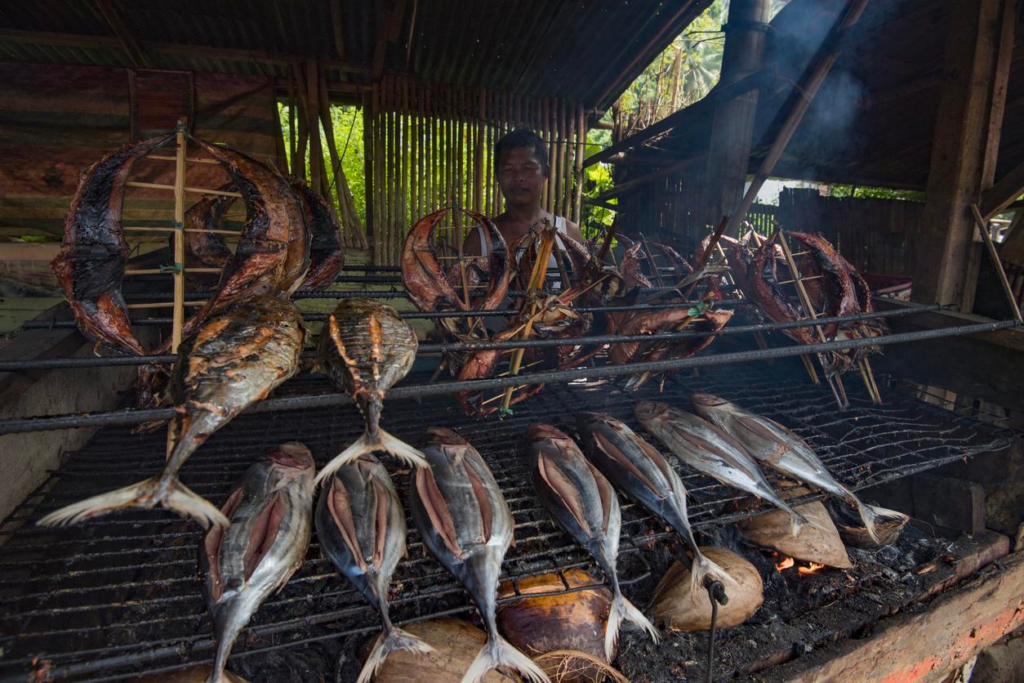
iStockPhoto via TRAC
We don’t talk about Minahasan people and their cuisine without talking about the elephant fish in the room sea; cakalang fufu. ‘Cakalang’ refers to a local seawater fish that is similar to skipjack tuna, while ‘fufu’ means ‘to smoke’. So, cakalang fufu is a fish that is smoked with dried coconut shells for hours.
They always use freshly-caught cakalang, which is then gutted and cleaned. The innards are used to make bakasang, so it essentially is a zero waste product. The fish is then skewered with bamboo frames (digepe), cleaned the second time around, and brushed with a red spice blend that varies from one smokery to another. It’s even more interesting because each smokery has their own secret spice blend!
4. Ikan Kuah Asam
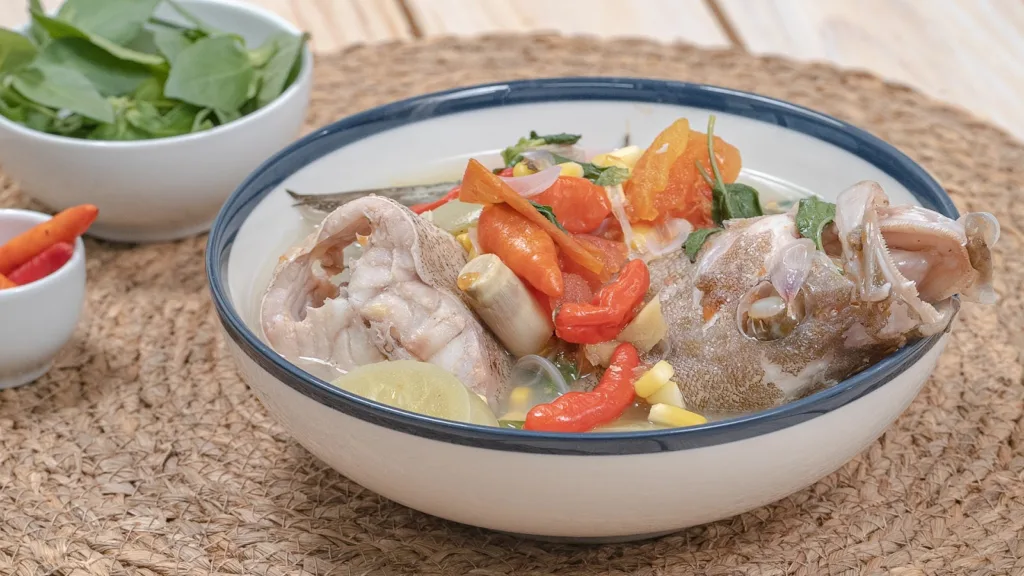
The eastern part of Indonesian usually have close ties with coastal dishes, and almost every region has their own signature ikan kuah asam, a poached fish soup with sour broth. There are various ingredients to bring on the acidity, and the ones commonly found in Manado are lemon cui; similar to lime, but with orange pulp.
They usually use white-fleshed fish, like red snapper or grouper.
5. Pampis
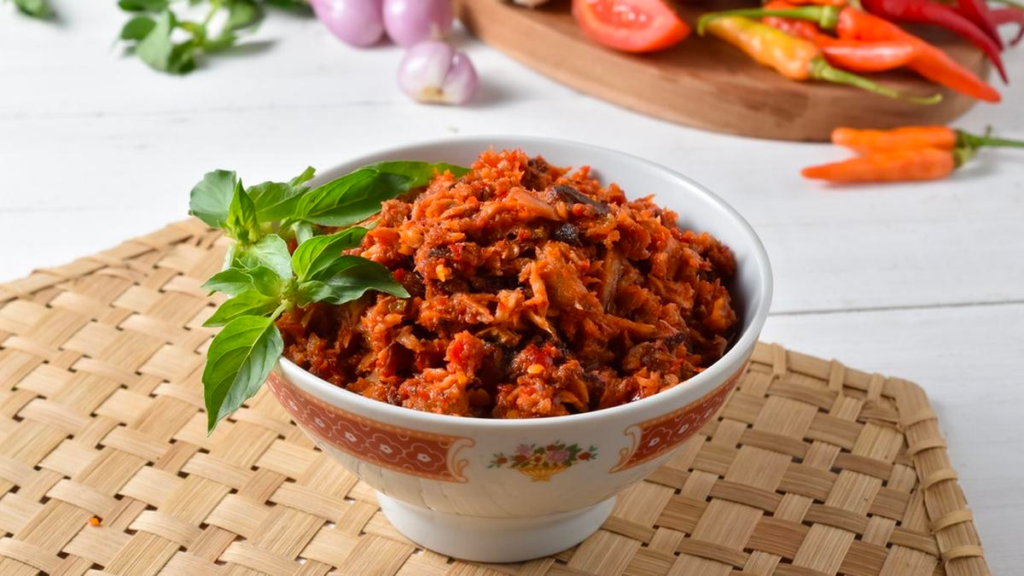
Zahy Maulana via Shutterstock
People usually confuse cakalang and tongkol to be the same thing, but they’re actually a bit different. Tongkol has a darker meat than cakalang, and is commonly used in dishes like pampis; though some people still prefer cakalang over tongkol.
Poached and salted tongkol are shredded and stir-fried with spices commonly consisting of lemongrass, chillies, shallots, garlic, turmeric, lemon basil, pandan, and orange leaves. It’s heavenly when eaten with a plate of warm rice.
See more: Discover Sumba’s Best Local Eats in This 24-hour Itinerary
6. Sambal Roa
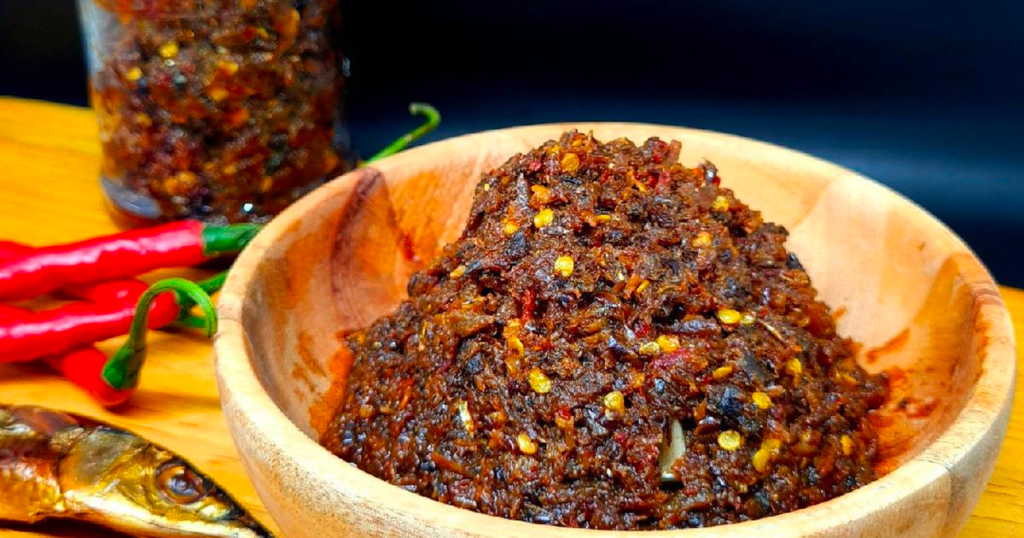
Nada Pay Taufik via Cookpad
Sambal is a spicy paste, usually made from chillies and peppers. It is used as a staple condiment in Indonesia and other Southeast Asia countries like Malaysia. Each region has their own take on sambal, and oftentimes uses ingredients that are close to them.
This sambal is more than just a side or a condiment; it’s also heavenly over a plate of warm rice. Sambal roa is made of smoked roa, a type of small swordfish commonly found in Minahasan’s sea. It’s spicy, it’s salty, and just overall a bomb of bold umami, and technically are quite similar to bagna càuda, a dipping sauce from Italy made of anchovies.
Due to its rich flavor, people also use sambal roa as a base for nasi goreng, and are sold in jars.
7. Panada
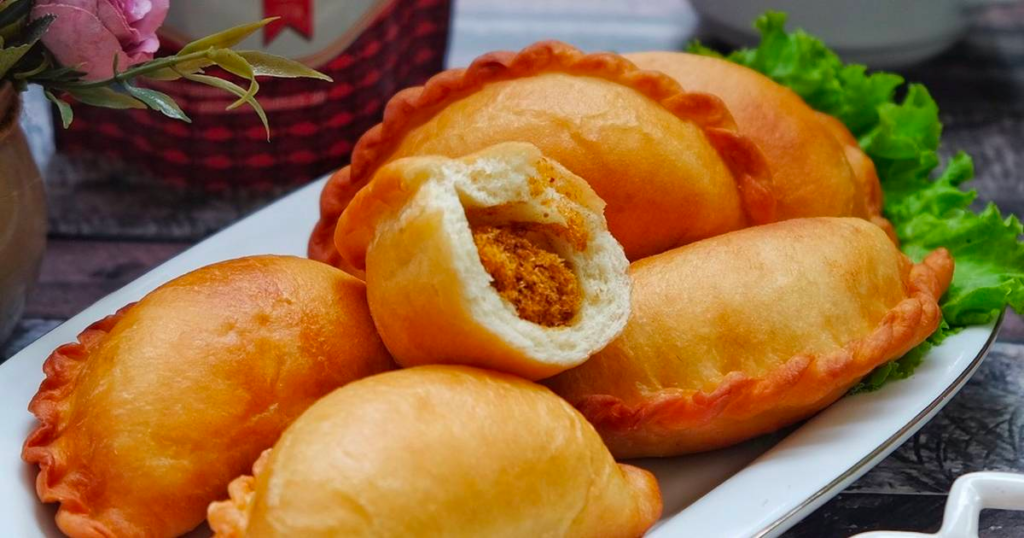
Susi Agung via Cookpad
One of Portuguese’s influence that can be felt in Minahasa cuisine is panada. This pastry is a straight up adaptation of Southern European and Latin American empanada, a half-moon pastry with fillings. The name comes from the Spanish word empanar, which literally means ‘breaded’ or ‘coated in bread’.
Minahasan and other locals usually fill this panada with pampis, cakalang floss, beef ragout, or the vegetarian iteration with vermicelli and carrots. The panada is then fried and enjoyed as a snack or appetizer.
8. Tinorangsak
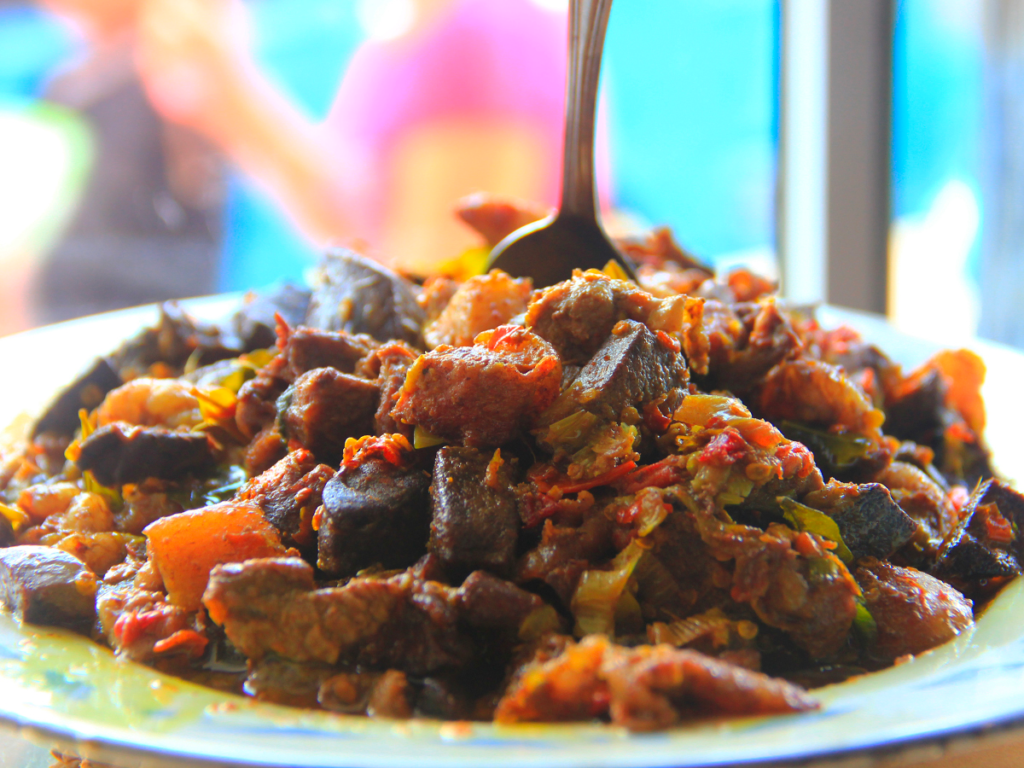
Riky via Indonesia Kaya
Tinorangsak or tinoransak refers to a home-cooked spicy stir-fried meat, usually made with pork, but adapted by the local muslim Minahasan to other halal proteins like chicken and beef. You can commonly find this side in almost every restaurant in Manado. The base of the spices are chillies, turmeric, and ginger that has been grilled beforehand to get a char, giving the dish a smoky flavor profile.
9. Ayam Tuturuga
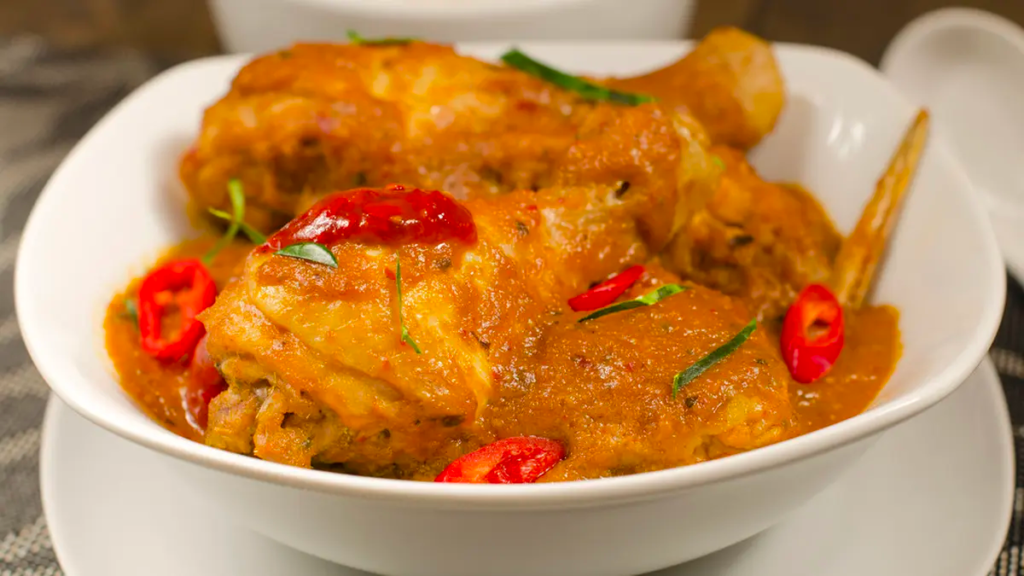
Paul Brighton via Shutterstock
Ayam tuturuga is a stewed chicken made out of chillies, shallot, garlic, ginger, turmeric, lemongrass, roasted candlenut, and orange leaf. There’s a lot of variations to the tuturuga sauce itself, and how one cooks it. Some alters chicken with fish, some grilled the chicken first before stewing it in the tuturuga to make it smokier and bolder. Tuturuga uses more turmeric in comparison to rica-rica, but has a thicker and smoother sauce than woku belanga.
10. Klappertaart
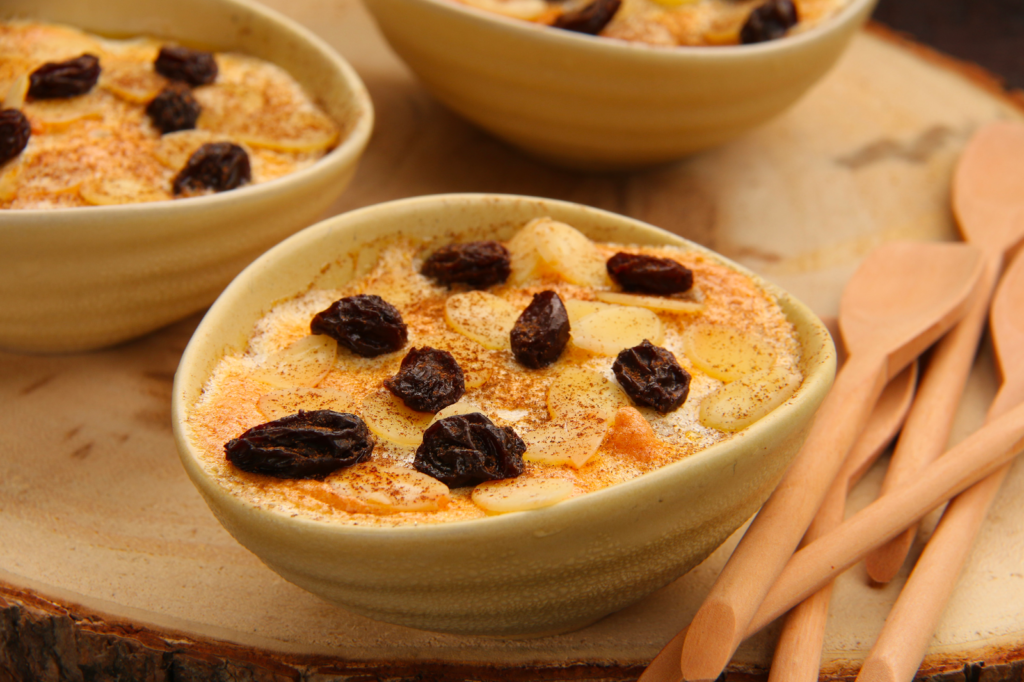
via Taste Atlas
As the name suggests, klappertaart is a dish heavily influenced by the Dutch and is everyone’s favorite dessert, whether you’re a Minahasan or just Indonesian in general.
This dessert highlights coconut as its main ingredient, which is then incorporated into a custard-y like batter, topped with meringue, raisins, kenari nuts, and powdered cinnamon. This warm, sweet, and comforting baked good is easily one of the best Christmas delights for Minahasan.
Read Also: Treats for the Sweet Tooth: 7 Bakeries to Visit in Malang, East Java
11. Halua Kenari
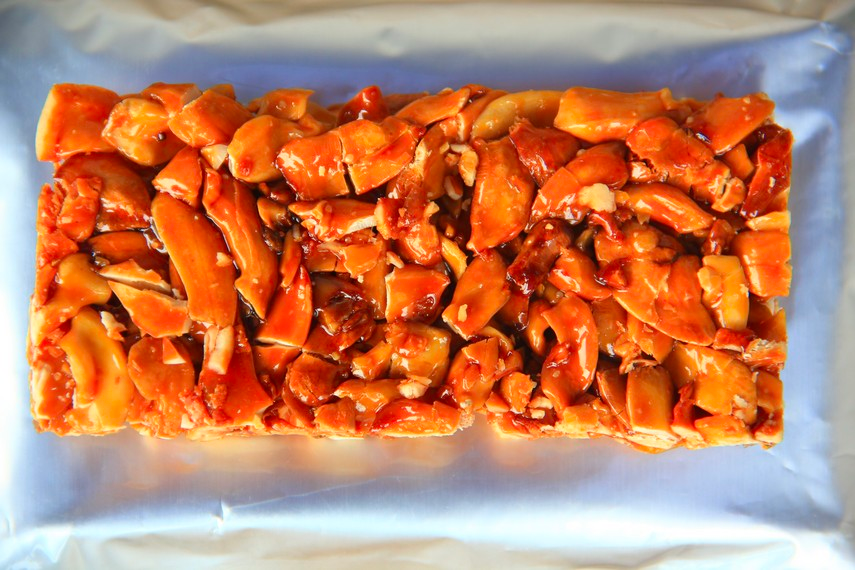
Riky via Indonesia Kaya
Last but not least, another sweet treat from Minahasa is halua kenari. Halua kenari refers to some sort of brittle made with only two ingredients; kenari nuts and caramelized aren sugar. It has many similarities with ting-ting kacang, peanut brittle from Central Java. It’s a decadent snack for a picnic by the beach, or a nice souvenir to bring back home.
Explore the Bold Taste of Minahasa
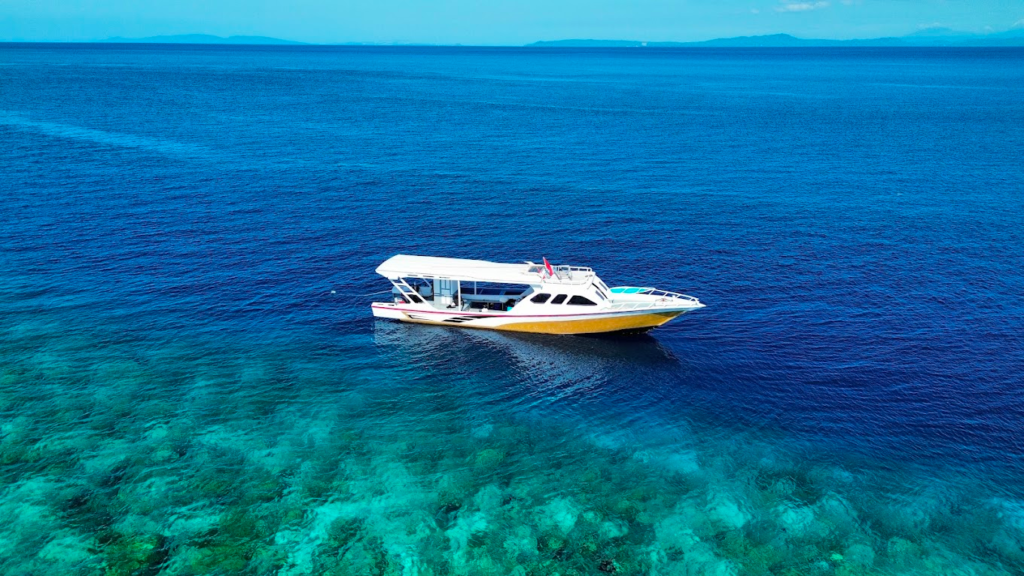
Taman Nasional Bunaken via Google Maps
Not only famous for their blue seas and marine biotas, Bunaken in Manado is rich with Minahasan culture and their bold flavors. The cuisine here is a testament to Minahasan values, as most of the recipes you can find in Manado are also inherited from their ancestors.
As some random wise man said; don’t just eat. Savor!
Header image by: Vera Aurima via Unsplash
Article by: Al Azka Zuraida





